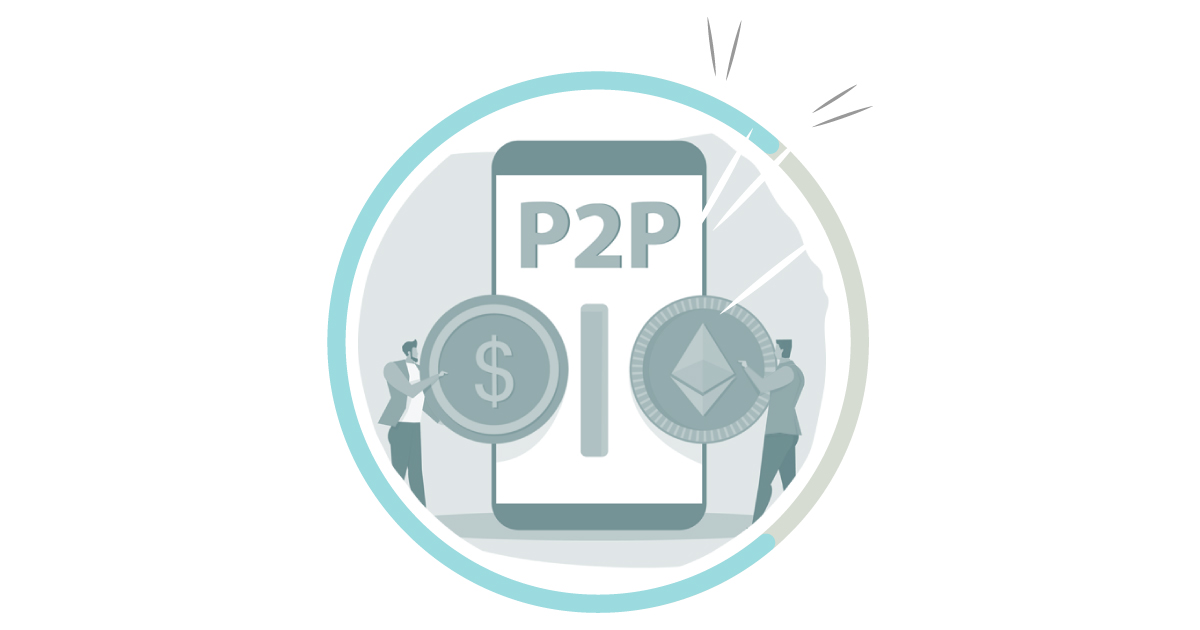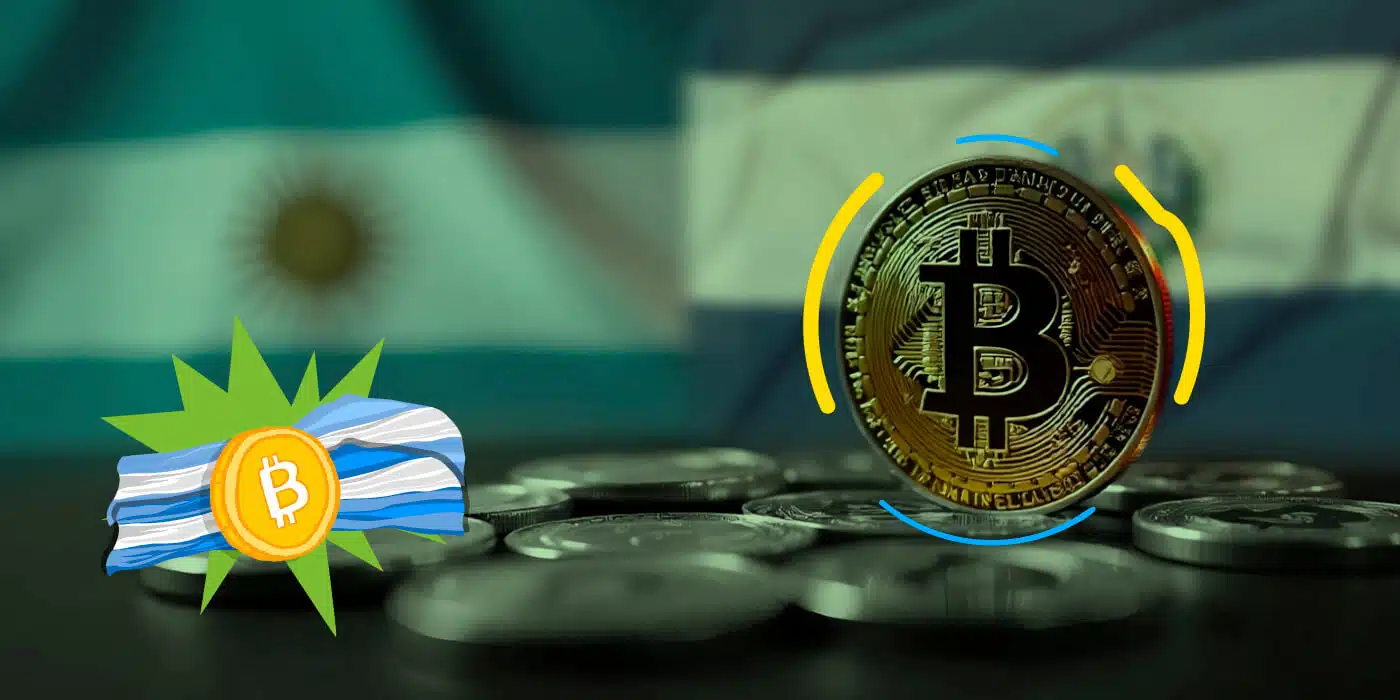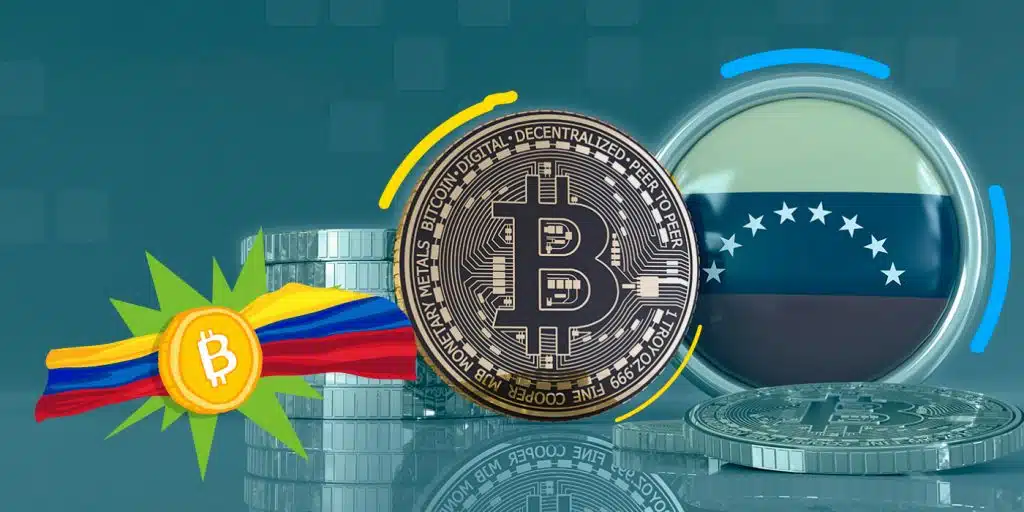In the Latin American region, the economy has undergone remarkable transformation due to the growing adoption of cryptocurrencies and the role of P2P (peer-to-peer) markets in this transition. Stablecoins, in particular, have gained traction in the region for offering a stable alternative to local currencies often affected by currency devaluation and frequent fluctuations.
What are P2P markets, and why are they important?
P2P markets allow users to trade directly with one another without the intermediation of traditional financial institutions. This is particularly relevant in Latin America, where a large portion of the population lacks access to banking services. In a P2P market, users can buy and sell cryptocurrencies safely and directly, broadening access to digital currencies and promoting financial inclusion.
Advantages of P2P Markets in Latin America include enhanced accessibility to cryptocurrencies, reduced transaction fees, and the potential to eliminate traditional banking intermediaries. These factors make P2P markets especially valuable in a region where financial inclusion remains a challenge.
- Decentralization and autonomy: P2P markets eradicate the need for financial intermediaries, giving users full control over their digital assets. In contexts where traditional banking is either inaccessible or expensive, this decentralized model gives power to individuals and promotes financial independence.
- Access to a global digital economy: For many in Latin America, P2P markets provide an entry point to a global digital economy. This is particularly valuable in countries where local currencies are unstable or face exchange restrictions. Through these markets, users can purchase cryptocurrencies in dollars or stablecoins, safeguarding their purchasing power.
- Protection against inflation: In high-inflation economies like Argentina, P2P markets and cryptocurrencies offer an alternative for capital preservation. Many people prefer to store their savings in stablecoins rather than in local currency, helping them retain value and mitigate losses due to devaluation.
- Ease of international transactions: P2P markets also facilitate international transactions at lower costs. This is vital in a region where many depend on remittances from family members abroad. Using P2P platforms, remittances can be converted into cryptocurrencies and then into local currency, reducing fees and speeding up the process.
P2P markets and stablecoins are reshaping the financial landscape in Latin America, providing autonomy and protection against inflation. Learn how here! #Cryptocurrencies #P2P #DigitalEconomy Share on X
The Relevance of Stablecoins in the Latin American Market

Stablecoins are cryptocurrencies whose value is pegged to a stable asset, such as the US dollar. This makes them a popular option in unstable economies, providing a reliable alternative for preserving wealth and transacting.
Why are stablecoins so attractive?
- Stability in volatile economies: In countries where local currencies depreciate quickly, stablecoins offer a practical solution. Pegged to a strong currency like the dollar, they safeguard finances from rising prices and devaluation.
- Ease of conversion and use: Unlike fiat currencies, stablecoins are readily exchangeable into other cryptocurrencies or local currencies via P2P markets. This allows users to operate within the digital economy with flexibility, adapting quickly to market fluctuations.
- Low transaction costs: Compared to international bank transfers or conventional remittance systems, using stablecoins in P2P markets is more cost-effective. This benefits those without access to banking services, especially for cross-border transactions.
-
Protection from government restrictions: In some countries, exchange controls and financial constraints restrict citizens’ access to foreign currencies. Stablecoins in P2P markets provide a secure and practical alternative for those seeking stability in their personal finances.
Challenges and Prospects of P2P Markets and Stablecoins in the Region

Despite their advantages, P2P markets and stablecoins face challenges in Latin America. One major issue is government oversight. While some governments have started to establish regulatory frameworks for cryptocurrency use, others remain hesitant to embrace this technology. Legal ambiguity can limit sector growth, especially if governments impose restrictions or high taxes on cryptocurrency transactions.
Moreover, financial education remains a challenge. Many people still lack a full understanding of how cryptocurrencies work or how to use them safely. P2P platforms and fintech companies have a responsibility to educate users to prevent errors and scams.
On the other hand, the growing adoption of cryptocurrencies in Latin America suggests a promising future. In countries like Mexico, cryptocurrency usage is booming, driven largely by the popularity of stablecoins. This trend indicates that P2P markets and stablecoins will play an increasingly significant role in the region’s economy.
Conclusion
Peer-to-peer markets and digital stablecoins are crucial tools for economic inclusion and value preservation in Latin America. In a region characterized by rising inflation and currency instability, these mechanisms allow people to access a global financial ecosystem, protect their wealth, and make transactions with greater freedom. As more people learn about and embrace these technologies, it is likely that P2P markets and stablecoins will continue to expand and play a significant role in the region’s financial growth.







